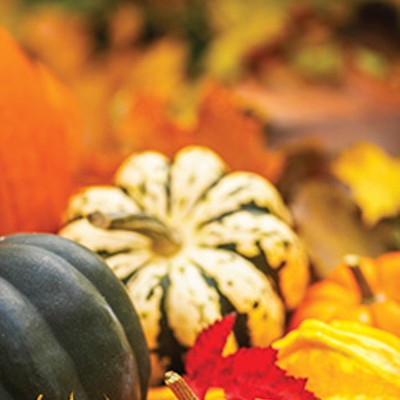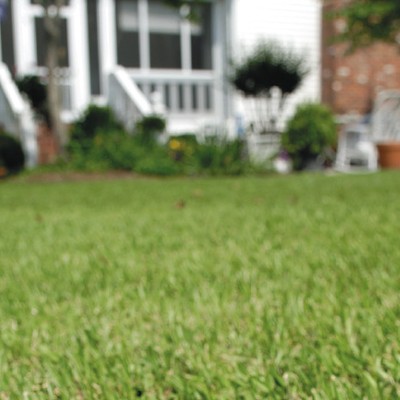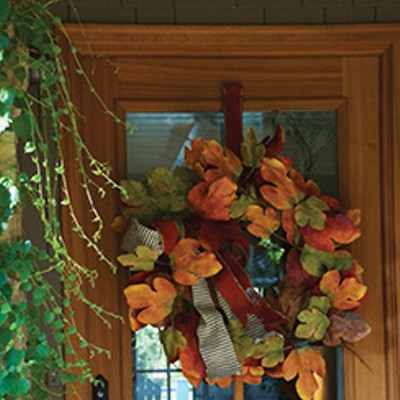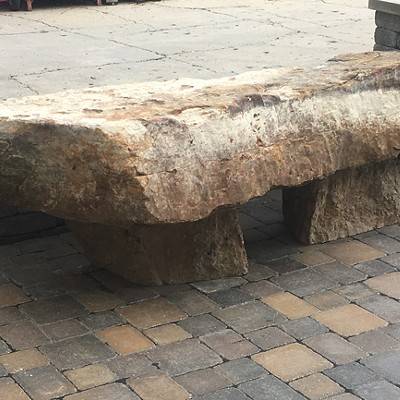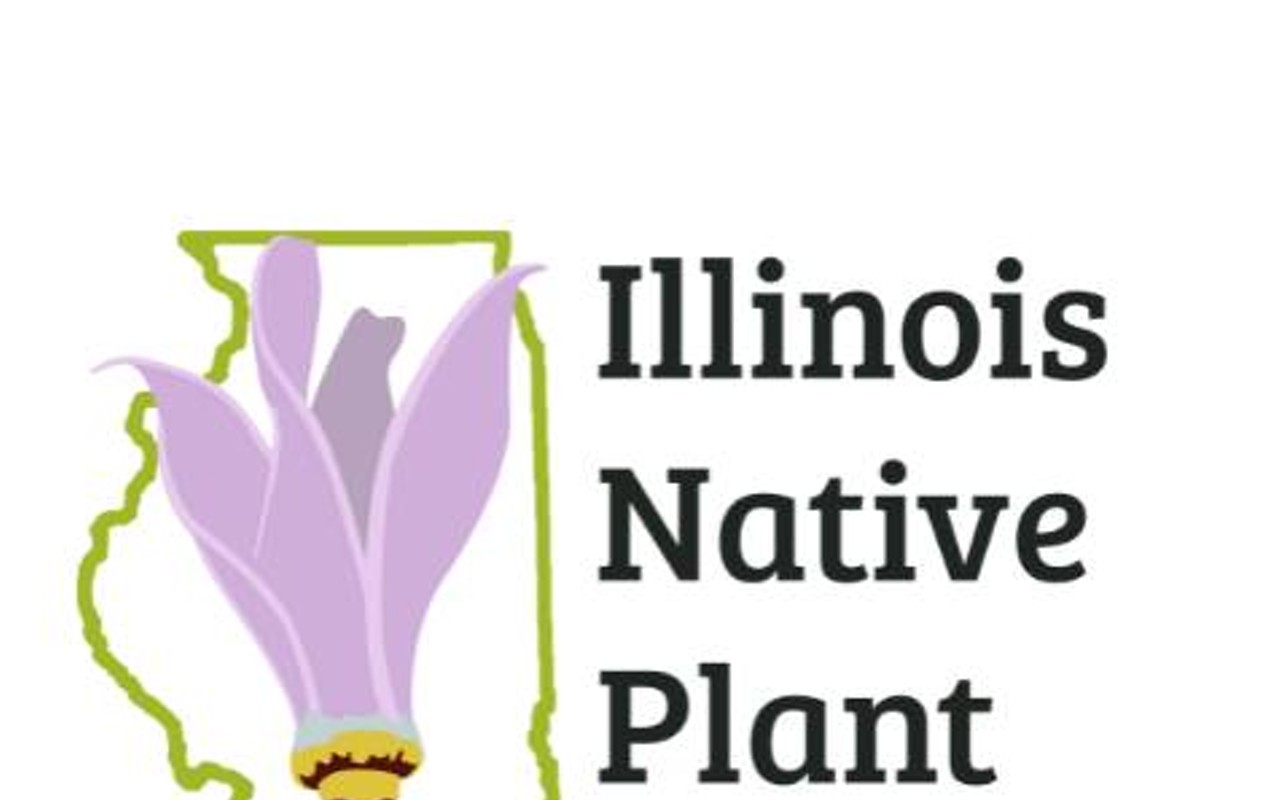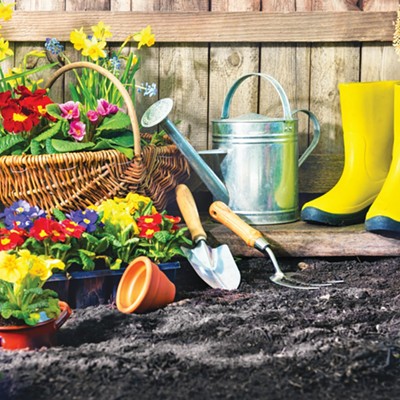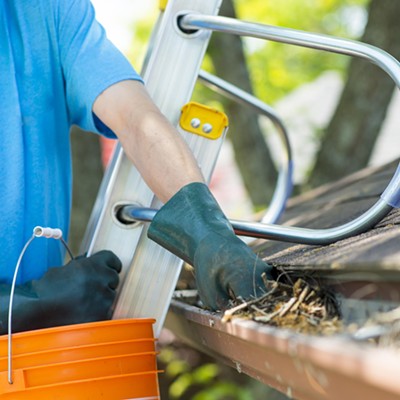The tree leaves that accumulate in and around your landscape represent a valuable natural resource that can be used to provide a good source of organic matter and nutrients for use in your landscape. Leaves contain 50 to 80 percent of the nutrients a plant extracts from the soil and air during the season. Therefore, leaves should be managed and used rather than bagged or burned.
Adding a two-inch layer of leaf mulch adds approximately 150 pounds of nitrogen, 20 pounds of phosphorus and 65 pounds of potassium per acre. Due to natural soil buffering and breakdown in most soil types, leaf mulch also has no significant effect on soil pH. Even oak leaves, which are acid (4.5 to 4.7 pH) when fresh, break down to be neutral to slightly alkaline.
There are four basic ways leaves can be managed and used in the landscape.
- A light covering of leaves can be mowed. Simply leave the shredded leaves in place on the lawn. This technique is most effective when a mulching mower is used. In fact, during times of light leaf drop or if there are only a few small trees in your landscape, this technique is probably the most efficient and easiest way to manage leaf accumulation.
- Mulching is a simple and effective way to recycle leaves and improve your landscape. Leaves can be used as a mulch in vegetable gardens, flower beds and around shrubs and trees. Leaves that have been mowed or run through some other type of shredder will decompose faster and are much more likely to remain in place than unshredded leaves. Unshredded leaves also tend to mat together, which can impede water and air infiltration. I use a chipper/shredder/vacuum to pick up my leaves, which I use instead of purchased mulch in her landscape beds.
- Leaves can be collected and worked directly into garden and flowerbed soils. A 6- to 8-inch layer of leaves tilled into a heavy, clay soil will improve aeration and drainage. The same amount tilled into a light, sandy soil, will improve water and nutrient-holding capacity. A recommended strategy for using leaves to improve soil in vegetable gardens and annual planting beds is to collect and work them into the soil during the fall. This allows sufficient time for the leaves to decompose prior to spring planting. Adding a little general purpose fertilizer to the soil after working in the leaves will hasten their decomposition.
- Try composting your leaves. Compost is a dark, crumbly, earth-smelling form of organic matter that has gone through a natural decomposition process. If you have a garden, lawn, trees, shrubs or even planter boxes or houseplants, you have a use for compost. For additional information composting, visit the University of Illinois Extension website.
I also recommend jumping in the pile of leaves at least once.
Rhonda Ferree, University of Illinois Extension horticulture educator, may be contacted at 309-543-3308 or [email protected].



